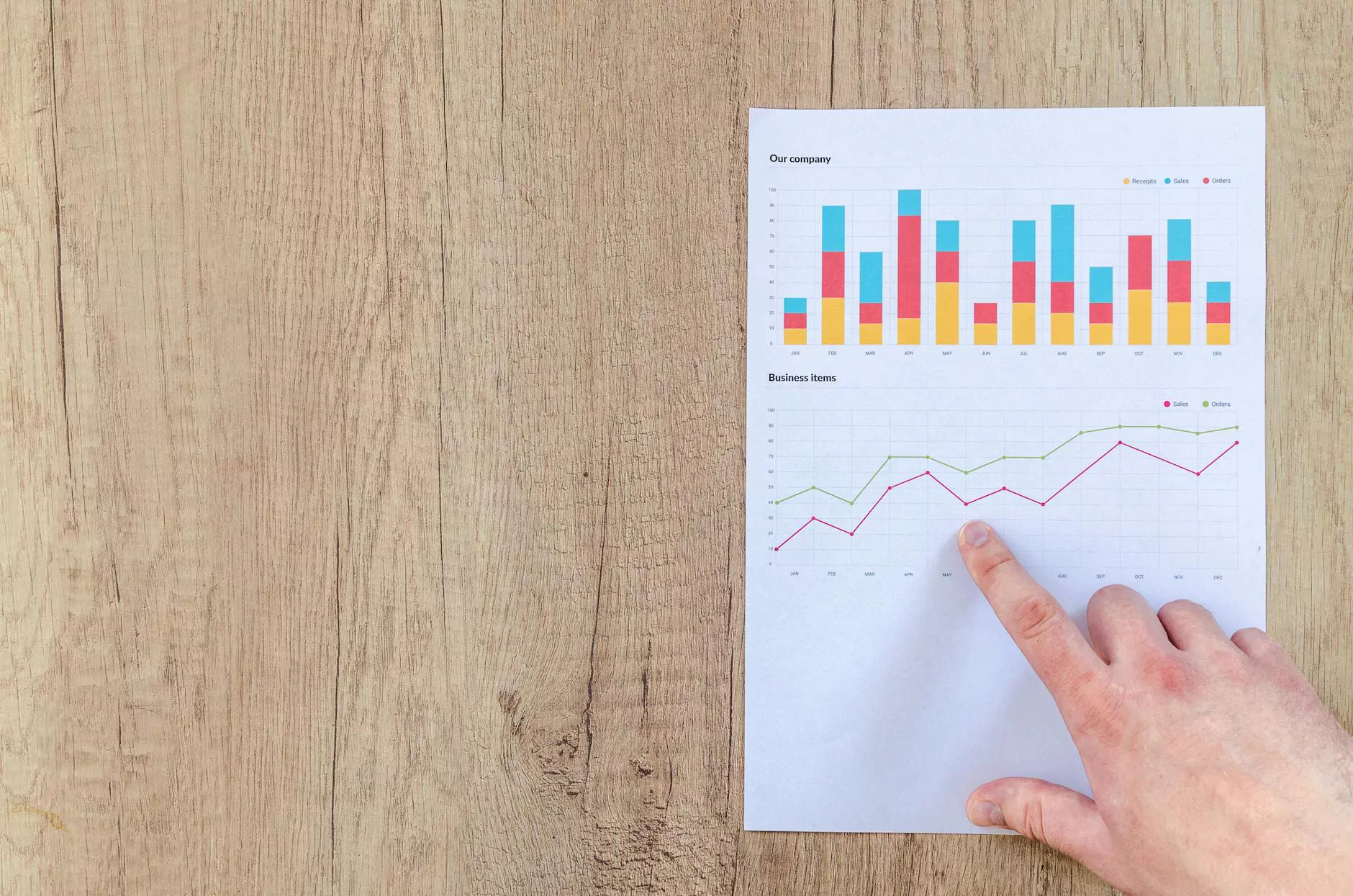What is the difference between internal links and inbound links?

Welcome to OVYS Digital Presence and Web Design, your ultimate guide to website development in the Business and Consumer Services industry. In this article, we will dive deep into the world of internal links and inbound links, exploring their definitions, differences, and the importance they hold in search engine optimization.
Understanding Internal Links
To truly grasp the concept of internal links, we need to start with the foundations of website structure. Internal links are hyperlinks that point from one page to another within the same website. These links play a vital role in connecting different pages and ensuring smooth navigation for both users and search engines.
When you include internal links within your website, you are essentially building a network of interconnected pages. This interconnectedness helps search engines understand the relationships and hierarchy between various pages, thus influencing how they are indexed and ranked. Internal links can also improve user experience by offering relevant and related content to your site visitors.
Exploring Inbound Links
In contrast to internal links, inbound links, also known as backlinks, are hyperlinks that direct users from external websites to your own. These links, found on other websites, serve as endorsements or recommendations to your website's content or web pages.
The number and quality of inbound links to your website play a crucial role in search engine rankings. Search engines, such as Google, consider inbound links as indications of your website's authority, popularity, and trustworthiness. Generally, the more high-quality inbound links your website has, the higher its chances of ranking well in search engine results pages (SERPs).
The Key Differences
Now that we have a better understanding of internal links and inbound links, let's highlight their key differences:
Distribution:
Internal links are distributed and exist solely within your own website, connecting web pages together. On the other hand, inbound links come from external websites and direct users to your website.
Purpose:
The main purpose of internal links is to improve website navigation, enhance user experience, and assist search engines in understanding your website's structure. Inbound links, however, serve as endorsements from other websites, boosting your website's credibility, authority, and visibility.
Control:
As a website owner, you have complete control over your internal links. You can create, modify, and remove them as you see fit. Inbound links, however, are generated by external sources, making them less controllable, though you can still influence the creation of inbound links through various link building strategies.
The Importance of Links in SEO
Both internal and inbound links play pivotal roles in search engine optimization. Search engines analyze the structure and quality of links pointing to your website to determine its relevance and authority. Here's why these links matter:
Internal Links:
Internal links help search engines understand the architecture of your website, enabling them to crawl and index pages more effectively. They establish a logical flow between related content, allowing users to navigate smoothly. Additionally, strategic internal linking can help distribute link equity, passing on ranking potential to important pages.
Inbound Links:
Inbound links are considered external votes of confidence for your website. When reputable websites link to your content, search engines perceive your website as more trustworthy and authoritative. This, in turn, can positively impact your search rankings, as search engines aim to provide users with the most relevant and reputable results. However, it's important to focus on quality, relevant, and natural inbound links rather than quantity alone.
Best Practices for Internal and Inbound Links
Internal Links:
- Create a logical structure for your website by interlinking relevant pages and sections.
- Use descriptive anchor text that accurately reflects the content of the linked page.
- Avoid excessive internal linking, as this could lead to a poor user experience and dilute the authority of your pages.
- Regularly audit and update internal links to maintain a smooth and effective website structure.
Inbound Links:
- Focus on producing high-quality, valuable content that naturally earns inbound links.
- Engage in outreach and relationship-building activities to encourage reputable websites to link to your content.
- Collaborate with industry influencers and thought leaders to increase the chances of obtaining inbound links.
- Avoid manipulative tactics, such as buying links or engaging in link schemes, as these can result in penalties from search engines.
Remember, both internal and inbound links should be pursued with user experience and value in mind. By creating a seamless navigation experience and earning reputable recommendations from external sources, you can enhance your website's visibility, authority, and organic search rankings.
At OVYS Digital Presence and Web Design, we prioritize comprehensive website development strategies that encompass proper internal and external linking techniques. Contact us today to elevate your online presence and achieve sustainable SEO success.










